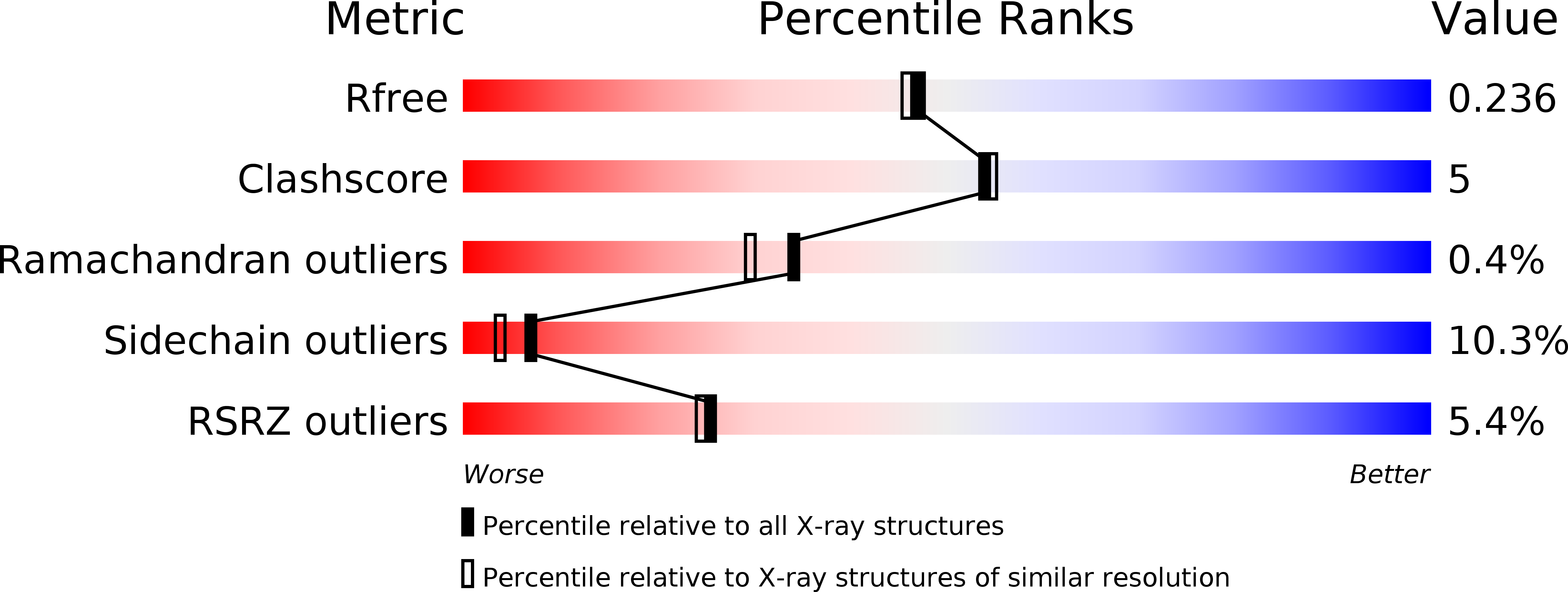
Deposition Date
2003-12-16
Release Date
2004-12-28
Last Version Date
2024-10-30
Entry Detail
PDB ID:
1RWN
Keywords:
Title:
Crystal structure of human caspase-1 in complex with 3-{2-ethyl-6-[4-(quinoxalin-2-ylamino)-benzoylamino]-hexanoylamino}-4-oxo-butyric acid
Biological Source:
Source Organism:
Homo sapiens (Taxon ID: 9606)
Host Organism:
Method Details:
Experimental Method:
Resolution:
2.00 Å
R-Value Free:
0.23
R-Value Work:
0.20
R-Value Observed:
0.20
Space Group:
P 43 21 2


